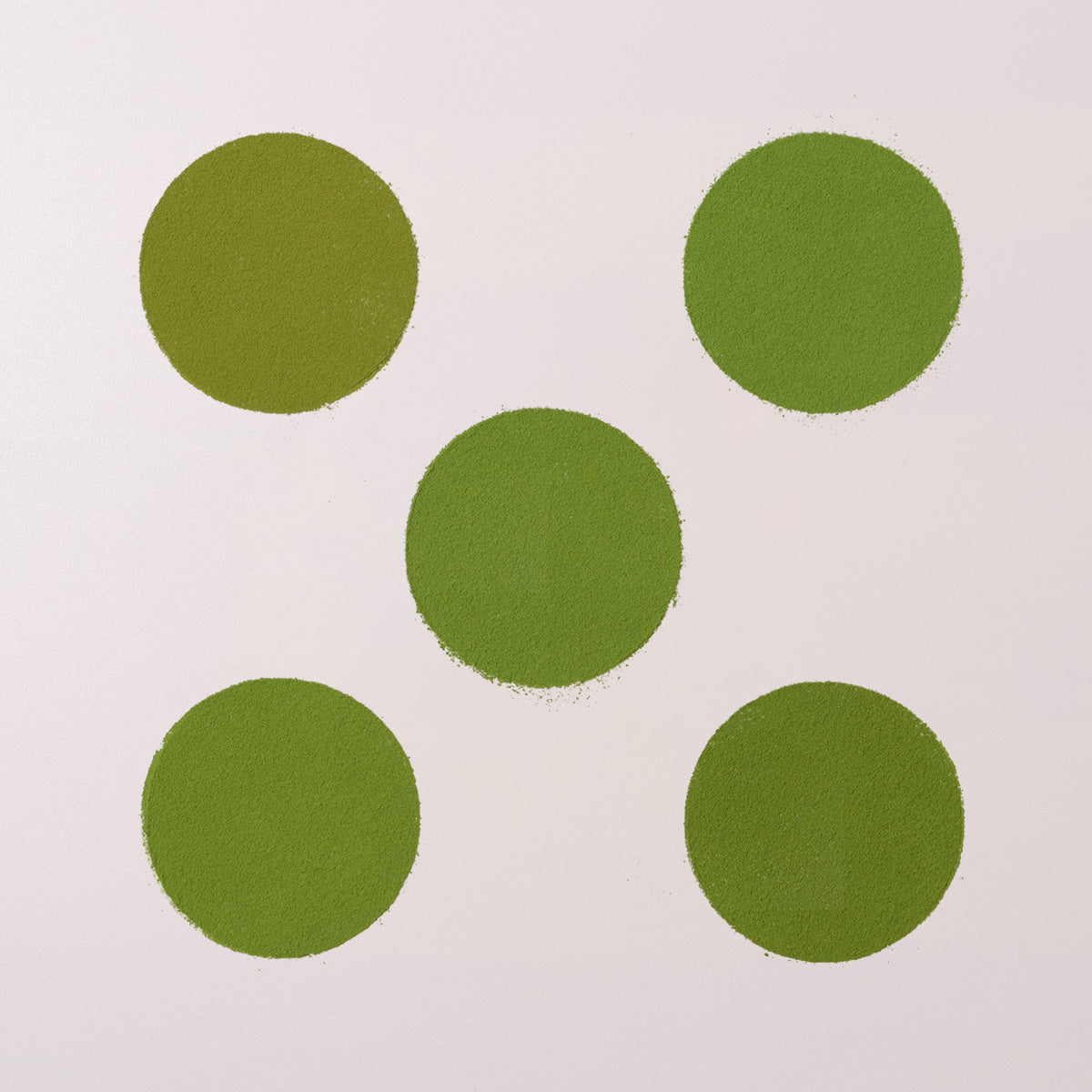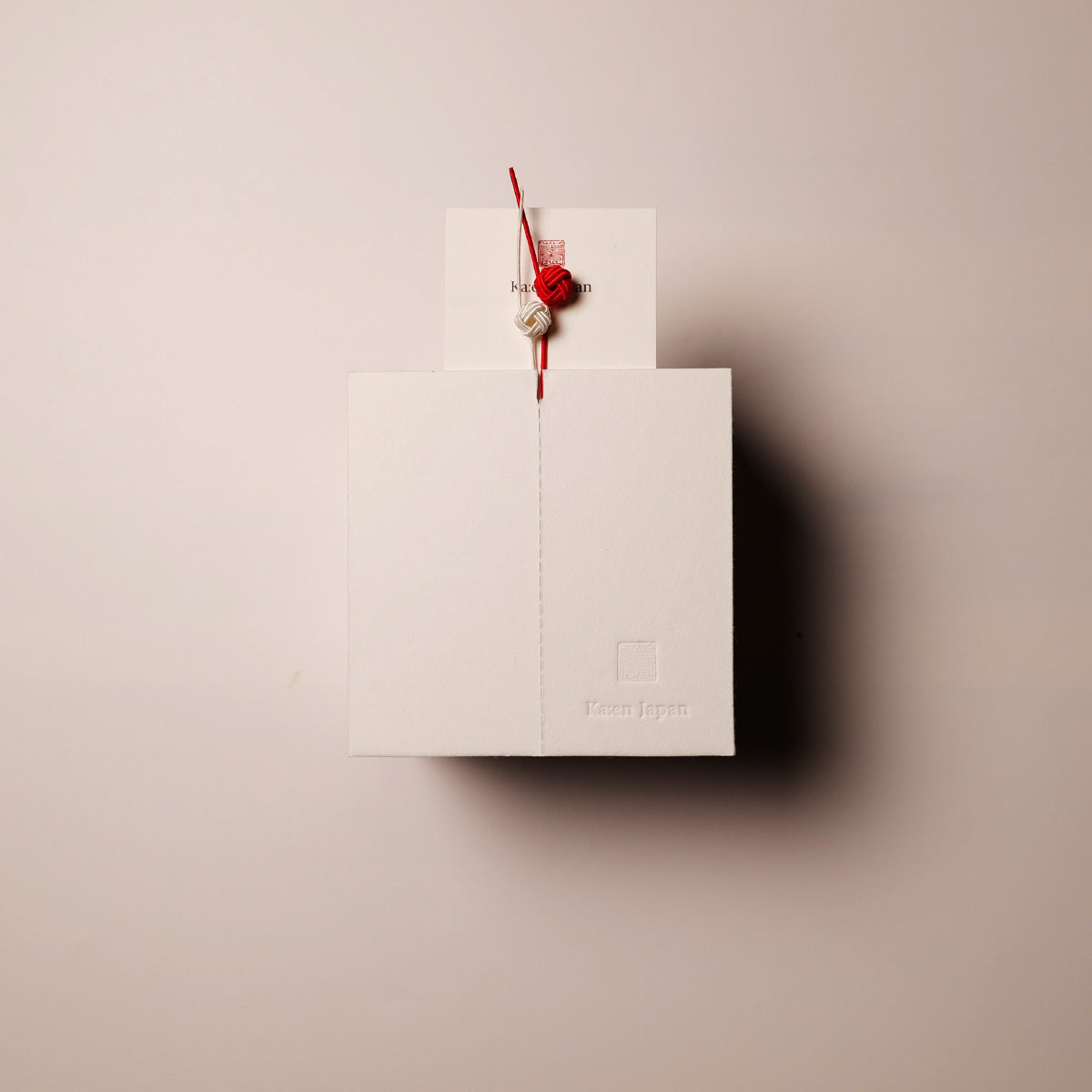Distinctive roasted aroma
Houjicha — made by roasting harvested tea leaves over high heat — has a complex, layered aroma and a sharp flavor. A common type of tea in Japan, it is popular for food pairings for its suppressed astringency and bitterness.
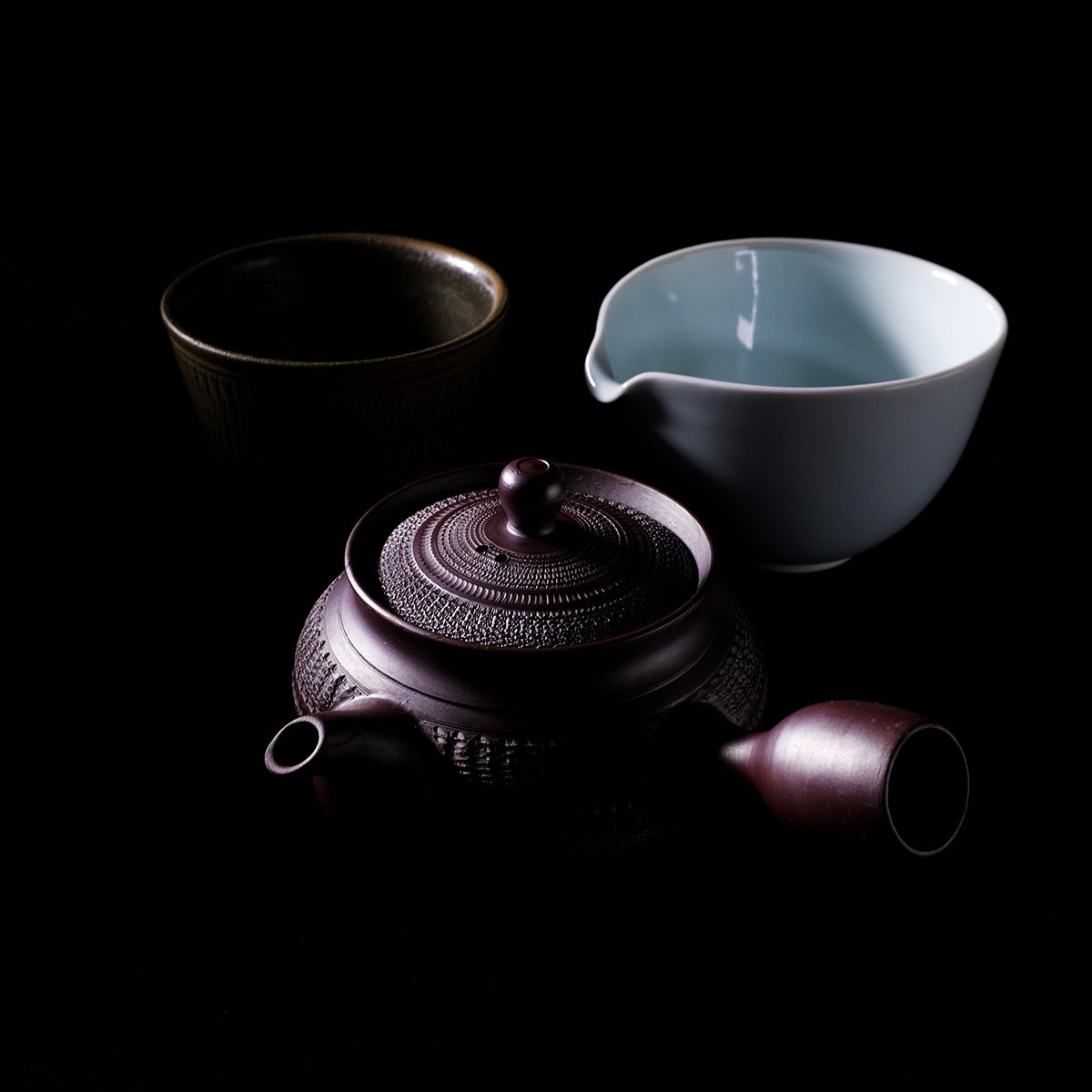
How to brew Houjicha
Here, we will introduce the basic brewing method for Houjicha.
Please refer to the product label for the optimal water temperature, water amount, and brewing time for each type of tea leaf.
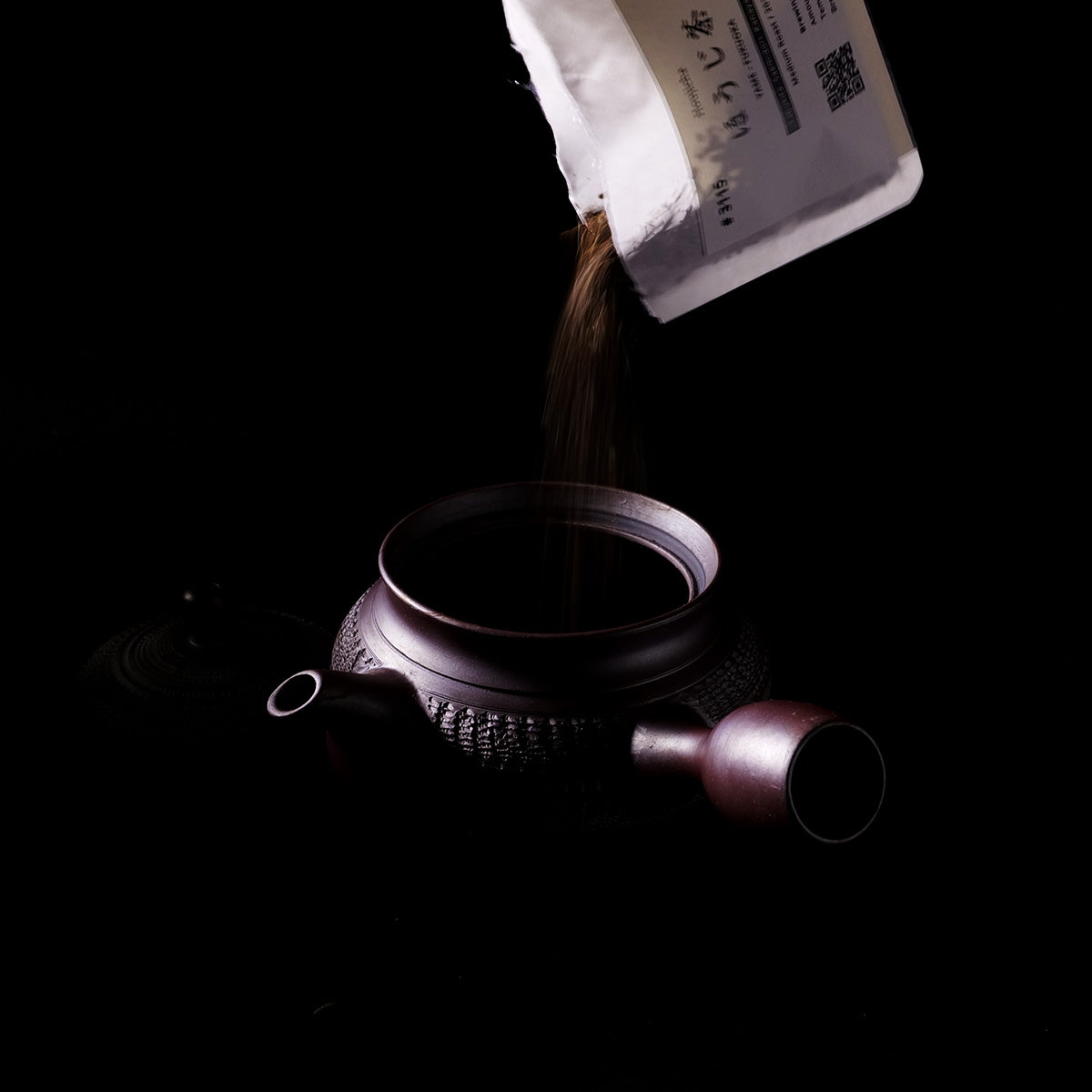
#1 Measure
Spread leaves at bottom of teapot
One cup of houjicha is approximately 5 grams.
Our houjicha series bags consist of 5 grams of tea leaves.
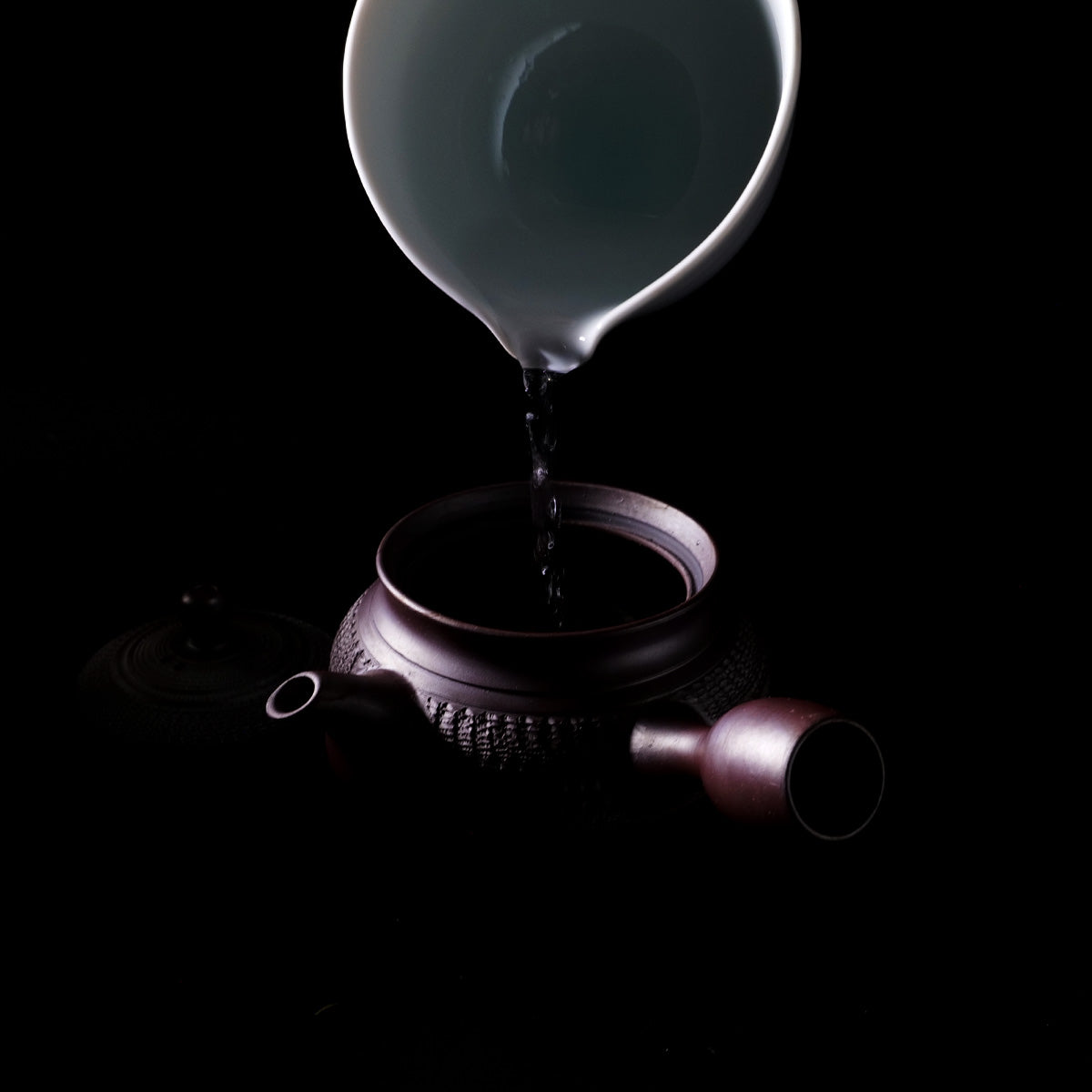
#2 Pour hot water
Pour boiled water into teapot
Houjicha can be brewed with hot water. Ideal water temperature and quantity are stated on tea bags.
Using 30-80 mg/l soft water will produce results closest to authentic Japanese tea.
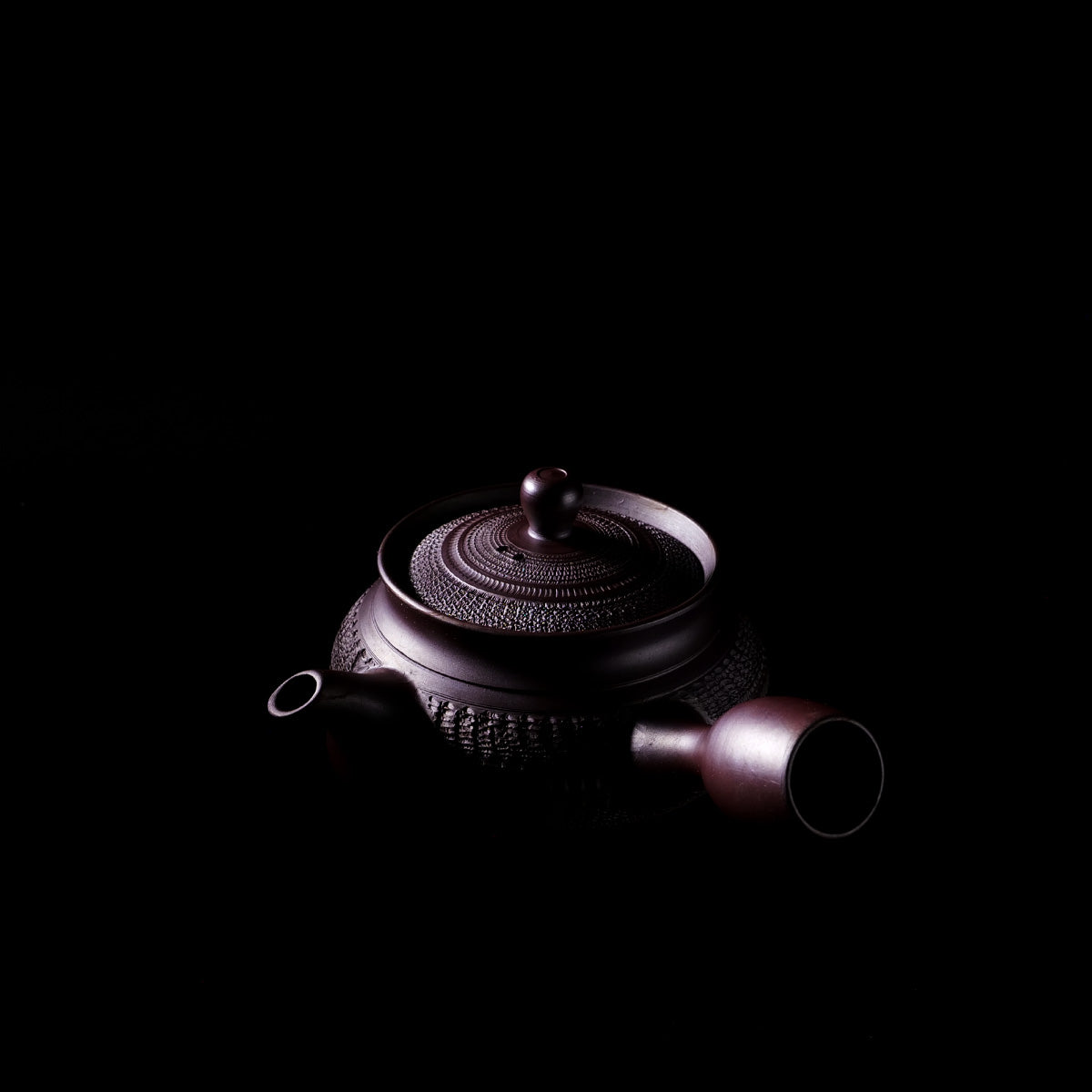
#3 Extract
Watch the tea leaves open and extract quickly
Watch the tea leaves open and enjoy the rising aroma while extracting, referring to the extraction time stated on the tea bag. There is no need to shake or mix the tea.
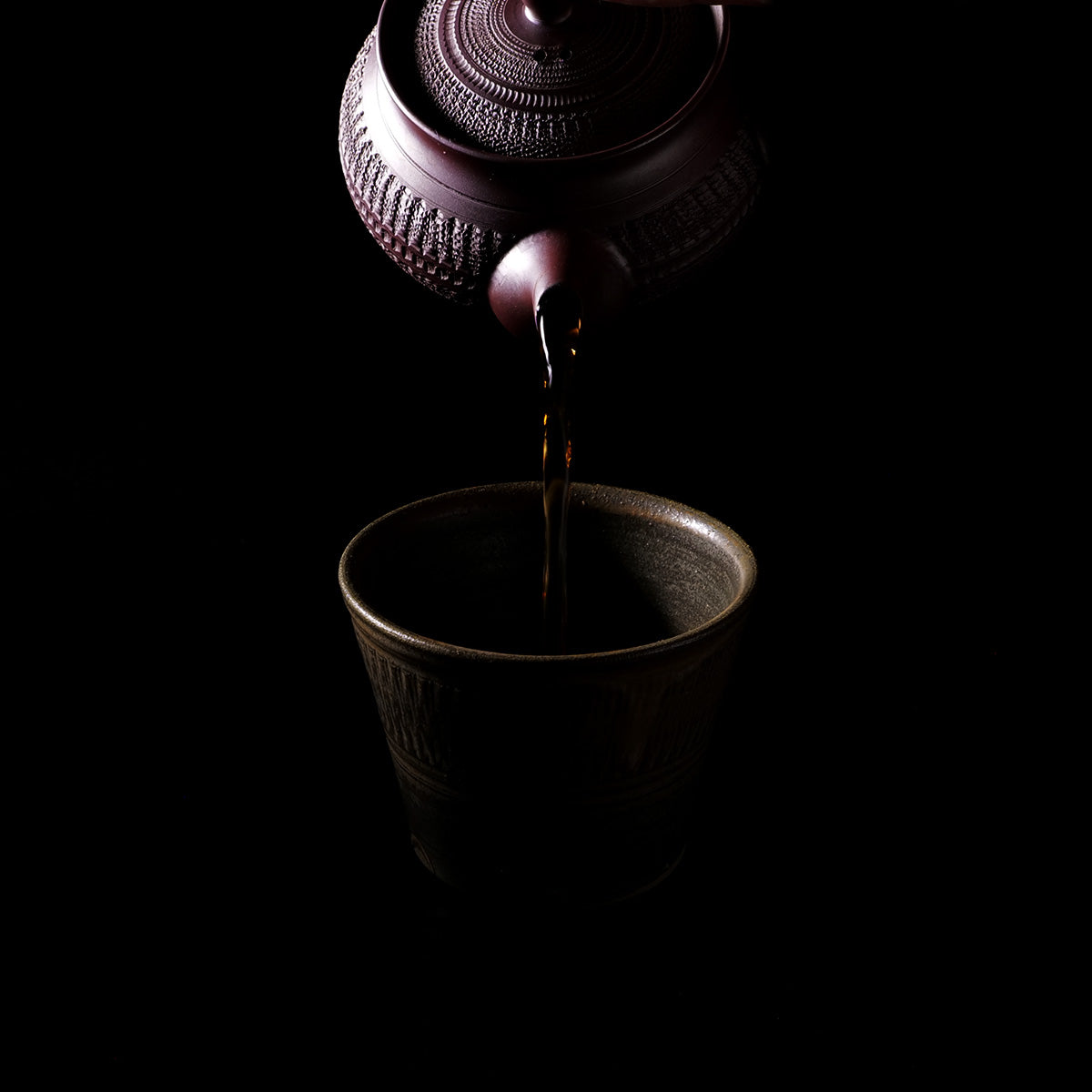
#4 Enjoy
An aromatic and sharp flavor
Houjicha has a crisp and aromatic flavor with no odd tastes. It can be enjoyed delectably with ice as well.
Houjicha can be enjoyed up to the third infusion. Here are the suggested temperatures and steeping times for the second and third infusions:
- 2nd infusion: 90°C 195°F) for 30 seconds.
- 3rd infusion: 90°C (195°F) for 30 seconds.
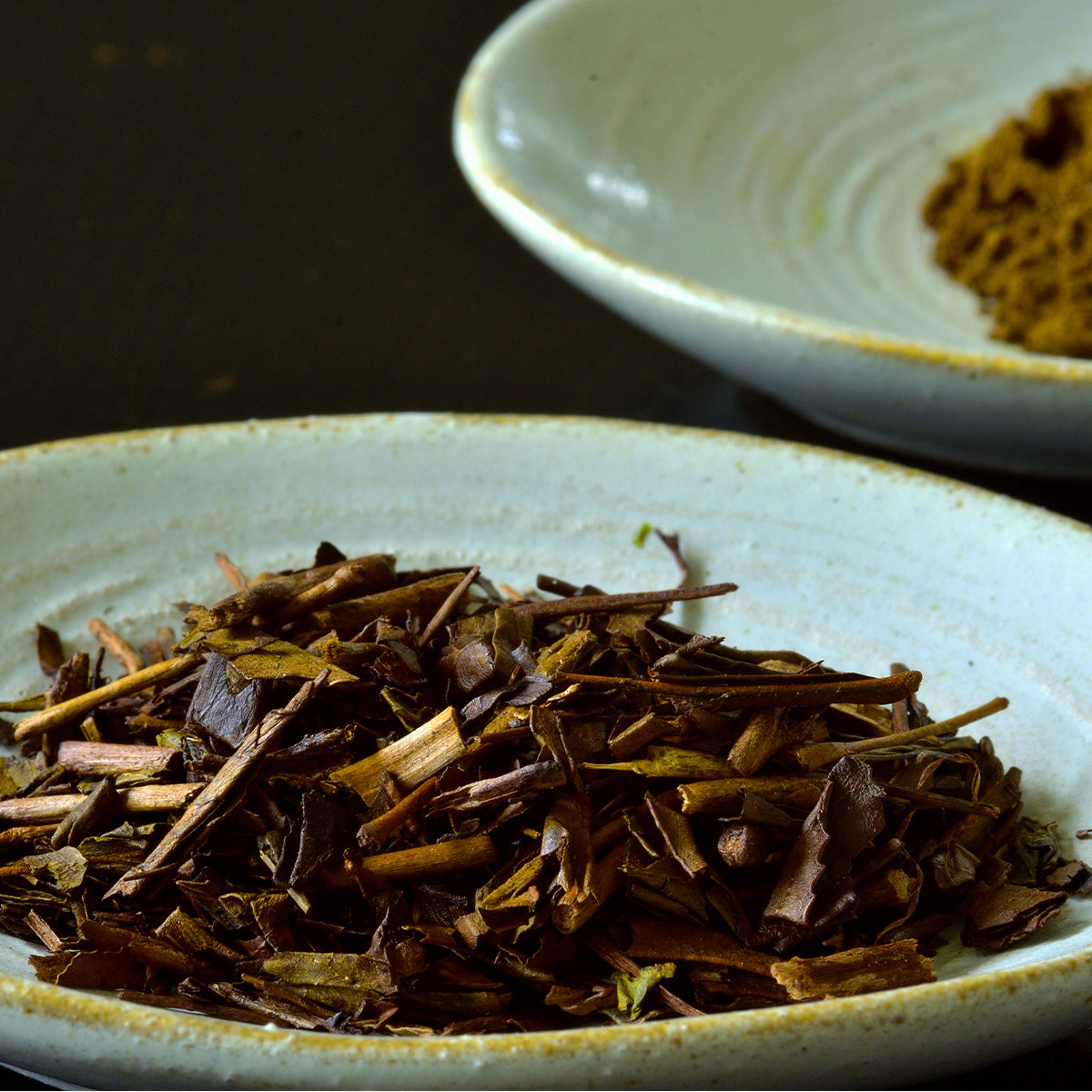
Houjicha is created by roasting tea leaves
Houjicha is primarily made by roasting sencha. It is a Japanese tea with a refined but complex aroma and a crisp flavor.
Unlike other Japanese teas, it does not require attention to brewing water temperature. The hotter the water, the more emphasized the aroma becomes.
Due to its roasted origin, houjicha has a suppressed astringency (catechin) and caffeine content. It is a highly popular type of casual tea in Japan.
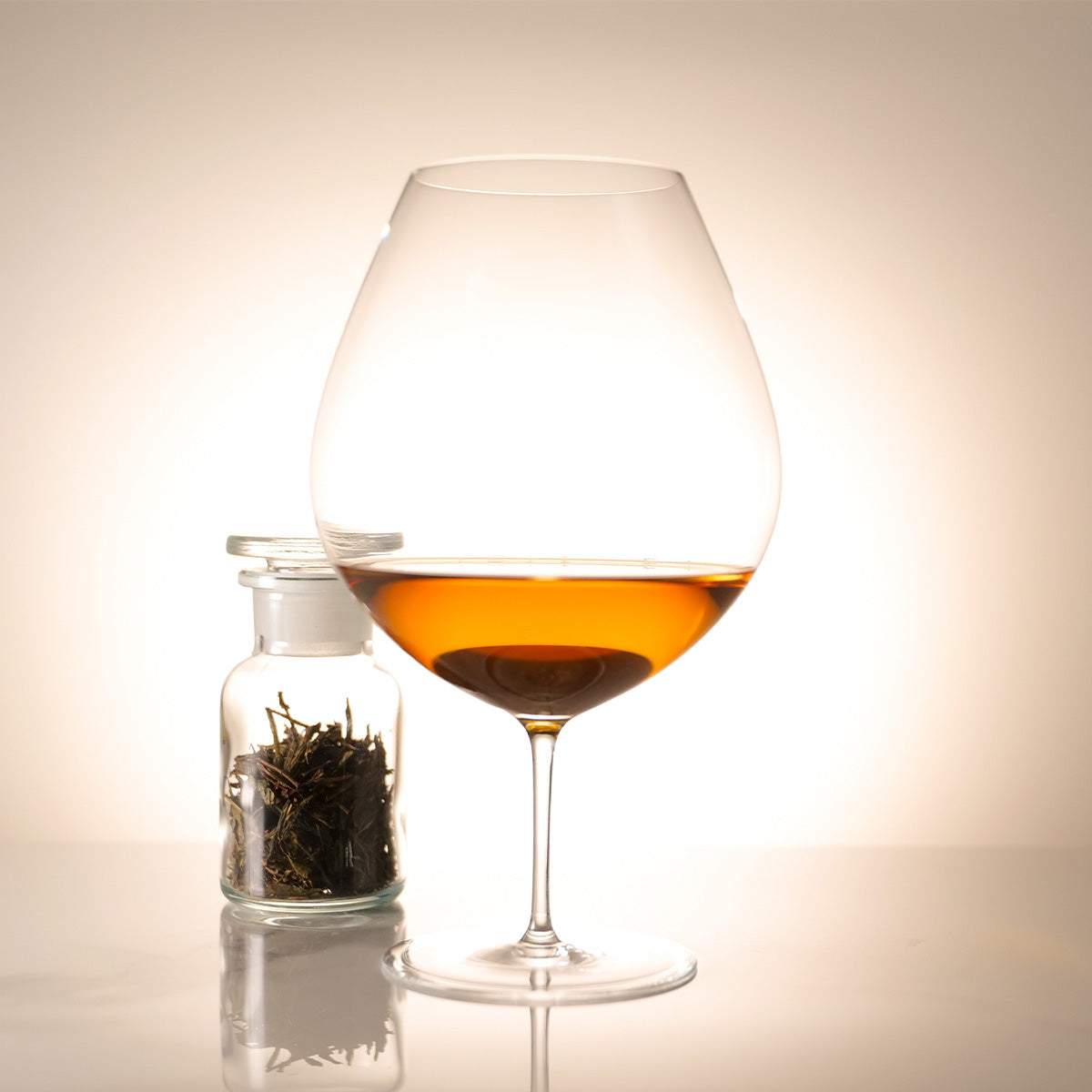
A harmony of complex aroma and crisp flavor
Houjicha tea leaves are a dry brown. The appearance differs depending on the plantation, as they may have a larger proportion of leaves or stems. Most of the catechin and caffeine are decomposed during the roasting process, resulting in a crisp and very gentle flavor.
The most significant appeal of houjicha is its complex aroma. This derives from a component known as pyrazine, which increases when the leaves are roasted.
You will notice the aromatic journey begins with a slightly sweet and roasted scent. It will then pass through unique layers before finally arriving at a refined and resplendent aroma.
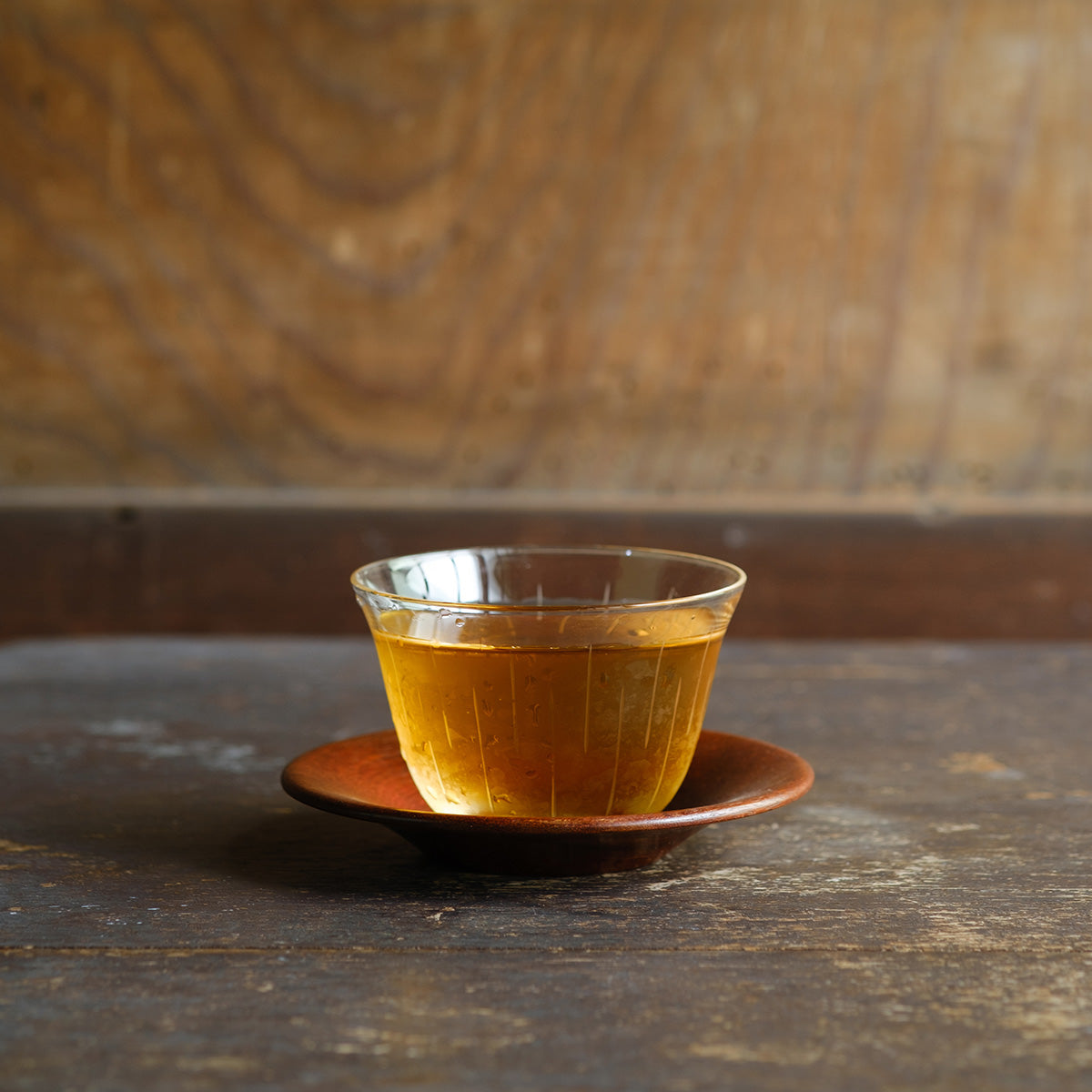
Tea breaks and food pairings for all ages
Houjicha is enjoyed for various occasions by all ages. With lesser caffeine content, it is perfect for daily tea breaks, food pairings, and before-bed drinks.
Consume it warm on a cold day or with ice on a hot one. Experience an even richer aroma by heating the tea leaves in a frying pan for 30-60 seconds immediately before brewing.
